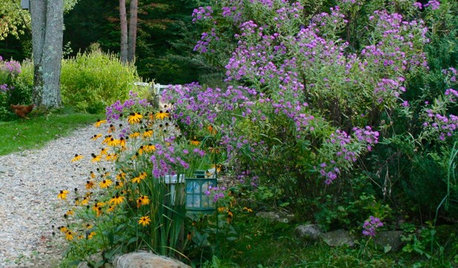I have been wondering about the rate of change (on average) of a given variety over time....and how it might reflect in our choices of scion source for a given variety
Obviously sometimes a genetic change manifests itself in an strongly apparent fashion and a new strain or sport of a variety is propagated from the altered parent
But presumably smaller less noticeable changes are also accumulating....and accumulating differently among the many trees of a given variety being progressively "copied" as well as within a given tree over time.
Furthermore, the rate and extent of change would likely run differently depending how many "generations" are involved in the chain of propagation....where an individual tree represents a single "generation"
This must have been studied...how different are our present heirlooms from the apples of same name consumed early in their history?
At what point does the divergence and accumulation of small alterations become significant enough to warrant attention?
Should the fussier among us be paying closer attention to the age and history of the source tree of our scions?
Just some questions that were rambling round my head on a long drive yesterday, and a quick search this morning didn't present any obvious leads.









fruitnut Z7 4500ft SW TX
ericwi
Related Professionals
Norton Shores Landscape Architects & Landscape Designers · West Chester Landscape Architects & Landscape Designers · Anderson Landscape Contractors · Blue Springs Landscape Contractors · Concord Landscape Contractors · Manhattan Landscape Contractors · Milton Landscape Contractors · Mission Viejo Landscape Contractors · Pahrump Landscape Contractors · San Benito Landscape Contractors · Snoqualmie Landscape Contractors · Tavares Landscape Contractors · Uxbridge Landscape Contractors · View Park-Windsor Hills Landscape Contractors · Yukon Landscape Contractorsjohn_in_sc
windfall_robOriginal Author
john_in_sc
windfall_robOriginal Author
fruitnut Z7 4500ft SW TX
drew51 SE MI Z5b/6a
marc5
drew51 SE MI Z5b/6a
canadianplant
alan haigh
Scott F Smith
drew51 SE MI Z5b/6a
john_in_sc
windfall_robOriginal Author
marc5